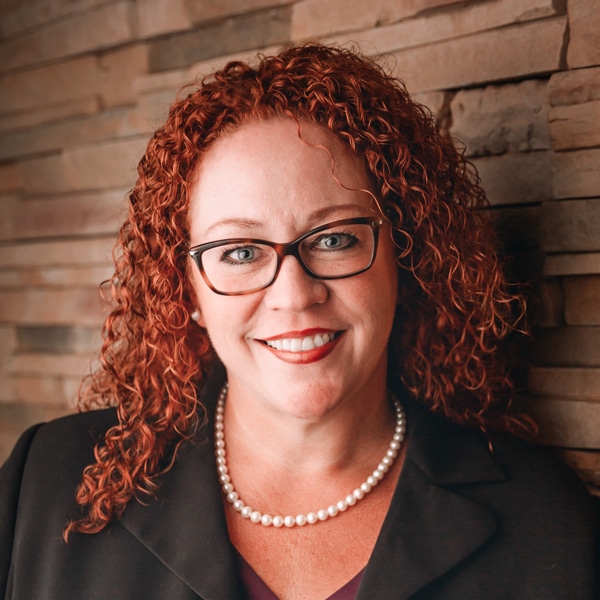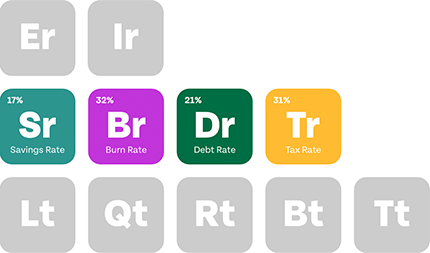Search engine optimization is essential for any healthcare practice that needs to establish a solid online presence. To succeed in the competitive online landscape, local SEO is essential.
This guide will explain the ins and outs of local SEO for doctors. It will also show what you should and shouldn’t do and how to combine them to take your online healthcare marketing to the next level.
Key Takeaways
- Local SEO helps doctors attract nearby patients via Google and directory listings.
- Google Business Profile must be fully completed and monitored for accuracy.
- Honest patient reviews and keyword-driven blog content boost local visibility.
- SEO success requires consistent optimization, quality content, and patience.
Table of Contents
What Is Local SEO?
Local SEO is a specialized form of SEO that helps businesses that have physical locations or service areas rank higher in search results for location-specific queries.
In the medical field, this means optimizing your online presence so patients can find your practice when searching for local keywords like “cardiologist near me” or “best neurosurgeon in [city].”
So, we can say that local SEO ensures your clinic, hospital, or private practice appears in:
- Google’s local pack (the top three map-based listings)
- Google’s business profile (GBP) listings (formerly Google My Business)
- Local directories (Healthgrades, Zocdoc, Vitals)
- Google Maps and other navigation apps.
In short, local SEO focuses on attracting patients in a specific geographic area (e.g., a city, neighborhood, or region). Conversely, regular SEO aims for a broader audience, ranking for general medical terms like “symptoms of diabetes” without graphic restrictions.
What that means is that it’s entirely possible for your website to rank 1st for “symptoms of diabetes” and not even show up on Google’s first page in your local search results.
You’d be surprised how many doctors disregard local SEO in favor of broader forms of SEO. After all, the traffic you’ll be getting on your website will be useless if you’re too far from your potential patient, necessitating attention to both forms of SEO.
How to Prepare Your Local SEO Adequately
Before you go ahead and target those keywords, you need to build your local SEO foundation. The process is more straightforward than you might expect:
Step 1: Your Google Business Profile
Your first step is to “claim” your business on Google. Go ahead and write your practice’s name on Google and search for it. If your practice is relatively new, you’re likely to come up with nothing.
However, sometimes you’d be surprised that your practice’s name and physical address location are already listed on Google. Don’t worry; this isn’t a privacy invasion or anything; it’s simply Google updating its maps and adding your practice to its database.
If your business is there, you’ll have to claim it. Simply click on it, and the claiming option should be self-explanatory. Once you request to claim a business, Google will contact you and ask for details that only the business owner should know to confirm your identity.
If your business isn’t listed, you’ll have to create your own business profile. The process is as self-explanatory as creating an email, and you should still expect an identity confirmation call.
Step 2: Fill Up Your GBP
Claiming your business profile and leaving it blank is like creating a social media account with no content. You need to fill your business with as much information as possible. This includes but isn’t limited to:
- All the healthcare services you offer
- Your exact location
- Your operational times (including holidays and off days)
- Photos of your practice’s exterior and interior (to build authority)
- Posts providing updated and informational content about your practice
Treat your GBP as your practice’s home. Constantly update it with information to build authority and let the viewers know that there are consistent updates.
Step 3: Patient Online Reviews
Getting reviews is as necessary as it gets for any medical practice, but you need to focus on honest ones. It can be easy to have the people you know bombard your GBP with good reviews, but that will end up in one of two scenarios (sometimes both):
- People will feel suspicious about the reviews. After all, a 4.3/5 product on Amazon with 500+ reviews is more trustworthy compared to a 5/5 one with 30 reviews or so.
- The reviews will be taken down. Google has a smart detection algorithm and can track and delete fake reviews.
Either way, you’ll be hurting your practice. What you can do, instead, is smartly encourage your patients to write their honest reviews.
Step 4: Monitor Your GBP Changes
Google has a policy where it allows any user to “suggest an edit” to some of the business’s information, like the name, location, availability hours, and such.
Normally, this isn’t something you have to worry about, as these suggestions get sent to Google for review before any changes are implemented. But there are two scenarios when you can wake up to find that your business location or name has been suddenly changed.
The first one is if your business hasn’t been verified, which means you either haven’t claimed it yet or didn’t complete the identification process to earn the verification.
The second one is if enough suggestions have been made to change some information and Google’s attempts to contact you have been unsuccessful.
To prevent this, check your profile regularly and keep an eye out for any notifications about suggested edits. Google will let you know when someone suggests any changes.
Related: A Comprehensive Guide To Winning More Business and Views From Your LinkedIn Profile
Supplement Your Local SEO With Keyword Research
Local SEO is a great start to your medical practice’s local exposure, but there’s only so much you can do without a solid keyword research strategy. There are two primary factors that influence this.
1. The Search Intent
Optimizing your website for most, if not all, possible search intents is necessary, and that can only happen if you put yourself in a patient’s shoes.
Your patient won’t search for “differential diagnosis of belly pain”; they’ll search “why does my belly hurt” or “reasons for belly pain.”
Plus, their searches can be divided into high-intent and low-intent searches. Your website needs to address both.
Low-intent Search
A low-intent search is when the patient is browsing for information. They’re looking for a specific service or place. “Dermatologist near me” is an example of a low-intent search, and if your GBP is set up well, your practice should show up in the Google search query.
The example we used earlier, “Why does my belly hurt,” is also a low-intent search. However, your GBP alone won’t be enough here. Your website needs to have a blog that has the user’s search intent as a keyword followed by an immediate answer.
You should place that keyphrase as a heading or a question and then immediately follow it with a high-profile answer without filler words. That gives you a better chance to win the “ Google Snippet,” which is the top answer you get when your query is a question.
All that being said, a low-intent search is what brings new patients to your website. Still, quality content is what retains them long enough to consider your practice as their next choice.
In other words, don’t prioritize keyword stuffing over readability. You don’t want to generate too many leads but still lack a good turnover.
High-intent Search
A high-intent search is when a patient is already looking for you or has already been referred to you by someone. Accordingly, your practice name should be easy to memorize and write so your potential patients can search for it.
More importantly, when they do find your website, it should be easy to navigate and mobile-friendly.
Don’t become a victim of the “cart abandonment” pitfall, which essentially means people stop their transaction/appointment halfway through the process. This happens when there are too many steps before the process is completed.
For example, having to create an account can stop up to 26% of people from completing the process. Also, even if the process is short, complicating it with unnecessary requirements or boxes to fill can deter people.
In short, make the scheduling process as easy and as simple as possible.
2. The Keyword List
You should have a fair idea of what keywords are by now, but unless you’re an SEO expert, it’ll be challenging to know what phrases qualify as keywords and what don’t.
For that, you’ll need a dedicated SEO tool like Surfer SEO, Frase, Neuronwriter, etc. These tools take your primary keyword/phrase and show you all the frequently used keywords in the top-ranking queries within the Google search console.
In other words, they show you what these competitors are saying right so you can get along. You can do this process yourself, hire an SEO content creator, or utilize an SEO agency for that.
Once you’ve gathered the necessary keywords, you can use them in either blog posts or videos.
Blog Posts
Your website’s blog section is your Google keyword grabber. The more user questions your blog answers, the more Google will feature your website when people ask said questions.
Also, and that’s equally important, you have to track the traffic on your website to see which of your blog posts are performing well. It’s not uncommon for one of your blog posts to explode in popularity for seemingly no reason.
If that happens, study that post, see what’s unique about it, and try to replicate that in future posts.
Videos
It’s fairly common to search for something only for the answer to show up as a video. Modern search engines have become capable of decoding words from videos and featuring them in the snippet.
Accordingly, your optimization should extend to your videos as well. Your videos should:
- Ask questions followed by immediate answers
- Be fluff-free
- Be engaging and interesting
- Have a CTA (preferably in more than one portion of the video)
SEO Is a Long-Term Game
SEO is but one part of digital marketing, and even if you start following ideal SEO practices, your local business won’t attract new patients overnight.
Because of that, you may be stuck in that phase where you wonder whether you’re doing something wrong or if it’s just a waiting game.
The problem is that your marketing budget will bleed as long as you wait, and that can hurt your business if the wait doesn’t end up being worth it.
If you’re a healthcare provider who wants proper advice on SEO for medical practices as well as every single aspect of medical financial success, Physicians Thrive would love to work with you.
Our team of doctors has seen it all, and they can help you implement the ideal SEO strategies to nail the local search results without the associated mistakes.
Contact us to get started, and we’ll handle the rest.







































